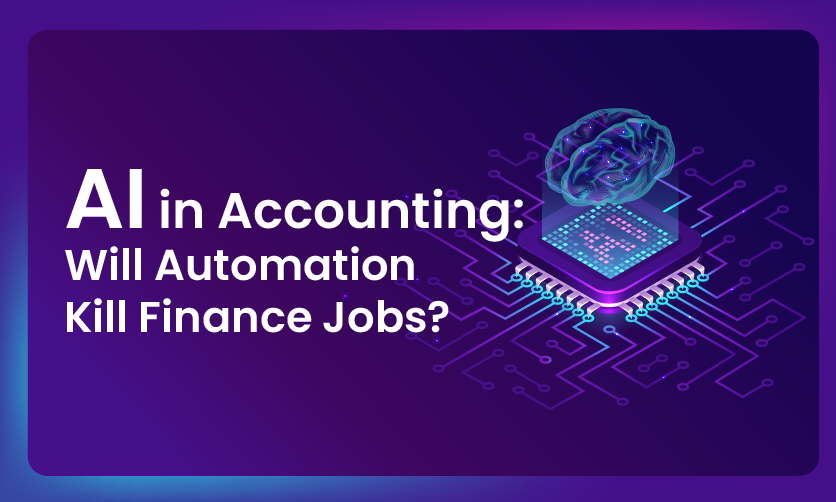
Capital and Revenue Transactions: Understand the Basics
Have you ever wondered why certain business expenses are treated differently from others? The answer lies in the fundamental distinction between capital and revenue transactions. In this blog we are going to understand why it is essential to segregate between capital and revenue transactions to recognize business assets at the end of the accounting year.
Table of Contents
In monetary terms, the transfer of assets and payment of debts is treated as a transaction. Such transactions can be divided into two categories, namely capital transactions and revenue transactions. Now, let’s take a closer look at these types.
What are Capital and Revenue Transactions?
The concept of capital and revenue is very crucial if one has to find the accounting profit for a specific period. Moreover, it is necessary to divide the transactions into capital and revenue to recognize business assets at the closure of the accounting or financial year.
Capital Transactions
A capital transaction has significant effects on more than one accounting period i.e. the benefits of which are received for longer than one year. A capital transaction may be either:
- Capital expenditures
- Capital receipts
Revenue Transactions
A revenue transaction originates from regular business operations and affects only one accounting period or if the benefits are enjoyed within one accounting period. Revenue transactions can be classified into two categories:
- Revenue expenditures
- Revenue income/receipts
Capital vs Revenue Transactions: A Comparison Table
This is a table that distinguishes between capital transactions and revenue transactions, respectively:
| Capital Transactions | Revenue Transactions |
|---|---|
Capital ExpendituresThis is called asset cost, which is incurred in the process of purchasing assets or maintaining the existing assets which can increase the production capacity and earning capacity of a business. Capital expenditure refers to money spent to buy either physical or virtual property. Examples:
|
Revenue expendituresThese expenditures refers to the costs that a business incurs in its routine operations and for which benefits have been enjoyed by the owner during an accounting period. Simply the expenses made for running or managing a business is known as the Revenue expenditures. Examples:
|
Capital Income/ReceiptsCapital Income or Receipts are funds that an entity gets which lead to alter its overall capital structure or financial position. On the other hand, most of these receipts are non-recurring in nature. Examples:
|
Revenue Income/ReceiptsRevenue income or receipts are the funds generated by an entity through its regular business operations. These receipts are typically recurring in nature. Examples
|
Be an Expert in Industrial AccountingLearn from the Industry Experts |
|
| Classroom Course | Online Course |
| More Learning Options for you: Accounting + SAP FICO | Business Accounting and Taxation (BAT Course) |
|
More on Capital and Revenue Transactions
| Capital Expenditures | Revenue Expenditures | |
| Impact | Long-term impact on financial position | Short-term impact on financial position |
| Affects | Assets, Liabilities, Equity | Revenue and Expenses |
| Nature | Non-recurring in nature | Recurring in nature |
Explore some more related articles on accounting here:
Grey Area for Students or Fresher Accountants
Students may get confused about whether to treat a particular transaction as Capital or Revenue. An expenditure can be treated as Revenue expenditure by Company A and Capital Expenditure by Company B. You should understand the nature of the business and the purpose of the expenditure.
For example, Company A is doing a trading business in computer accessories and it purchases RAMs from the manufacturer and sells them to end users. Here Company A will treat this purchase of RAMs as a revenue expenditure.
Company B has purchased those RAMs from Company A to record their day-to-day business transaction. The company B will record it as its capital expenditure as this expense is helping the business in managing its financial records.
Exception
The Revenue Expenses that have been incurred during one accounting period and will yield benefits over multiple future accounting periods are referred to as Deferred Revenue Expenditure. The primary characteristic of Deferred Revenue Expenditure is that unlike revenue expenditures which benefit only the current period, they provide for long-term advantages.
For example, Company A incurs Research and Development (R&D) expenses of INR 100000 resulting in launching a new product or developing a process that can help to create revenue for 5 years.
The business will treat this expense as Deferred Revenue Expenditure and will show this expense of INR 20000 per year for 5 years.
How Important is it to identify the Capital and Revenue Transactions accurately
Correct classification of transactions is important for:
- Accurate Profit Calculation: By overstating revenue expenses, one may inflate profits while underreporting capital expenses may hide long term investments.
- Tax Implications: Different taxes apply to capital items as compared to revenue items.
- Decision Making: Knowing the type of expenditures enables more conscious decisions on resource use.
The Bottom Line
Even though they may look uninteresting at first sight, it’s important for people working in business to understand its Capital and Revenue Transactions. This is the basis for proper financial judgment.
- Top 20 Journal Entries Questions And Answers For Interview - November 8, 2024
- Accounts Payable Process in SAP: Step by Step Guide - August 23, 2024
- Capital and Revenue Transactions: Understand the Basics - August 16, 2024

.jpg)



















